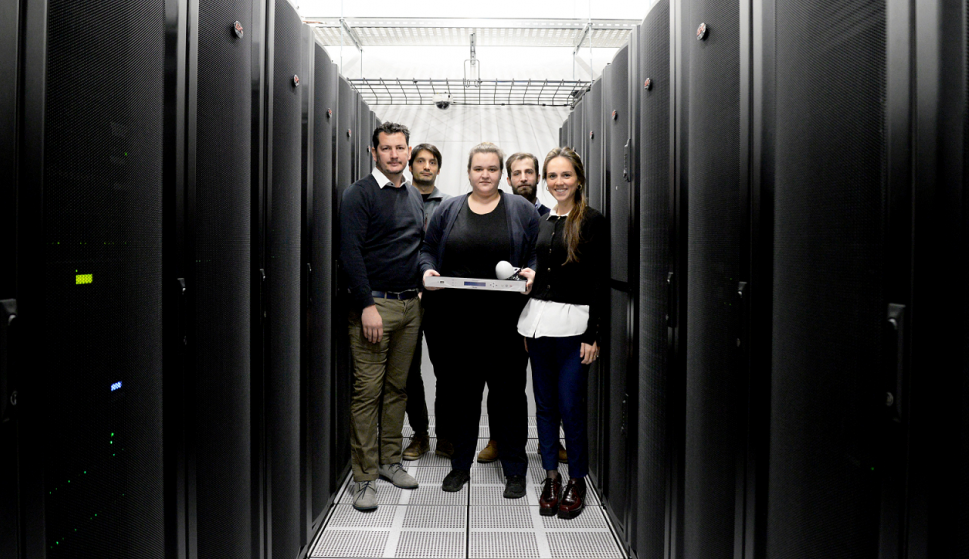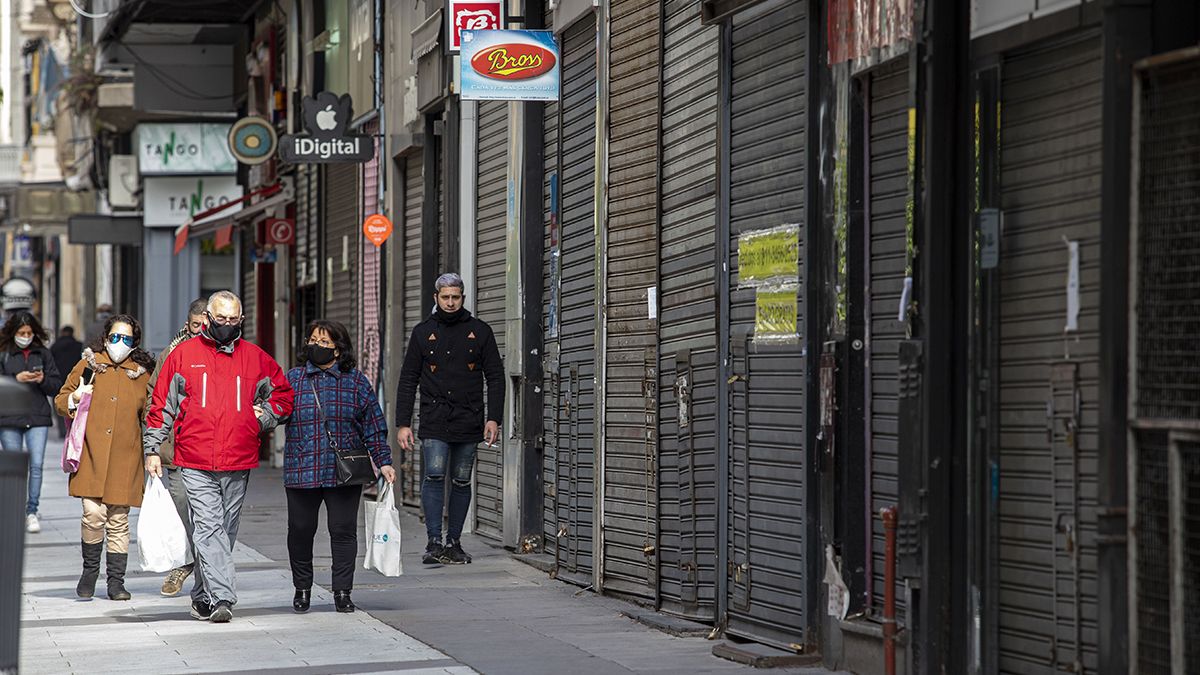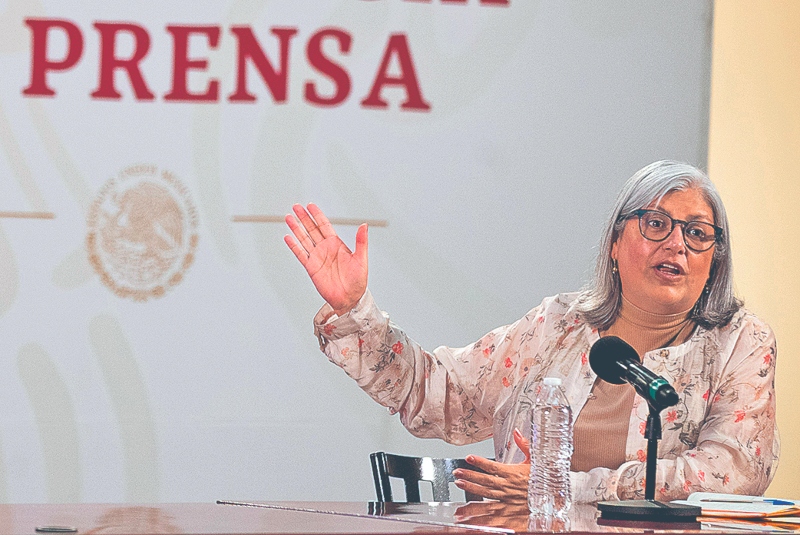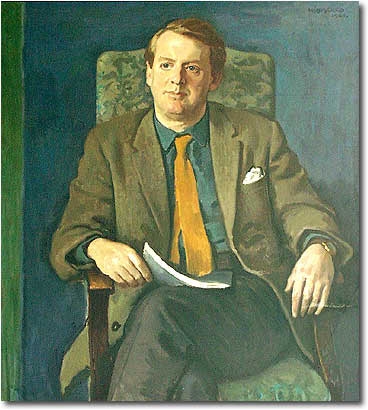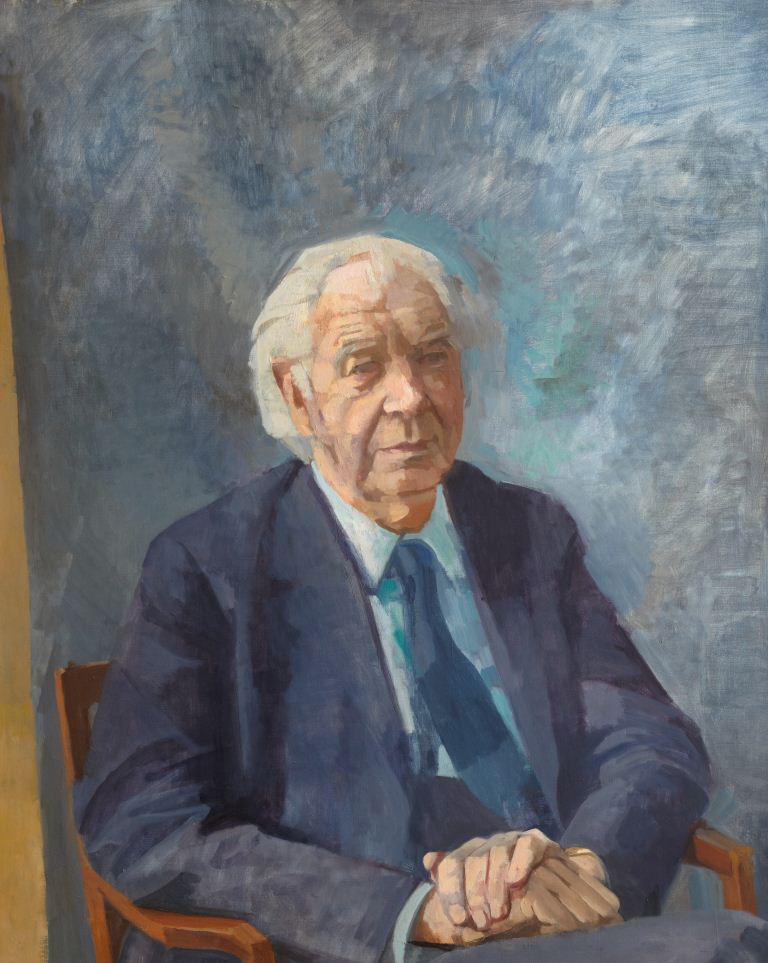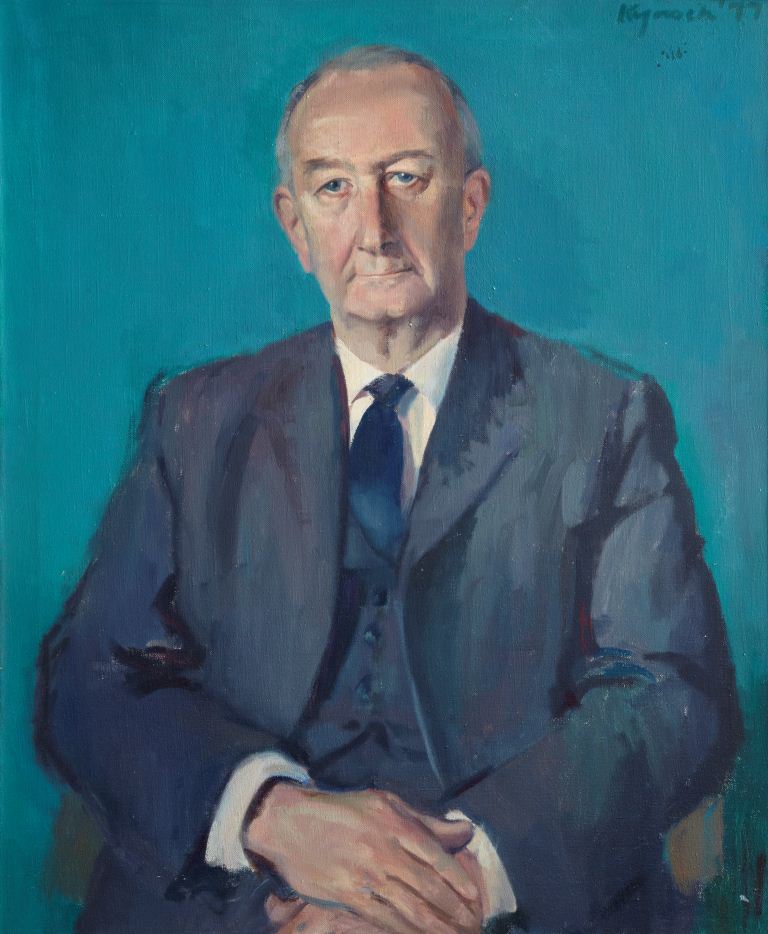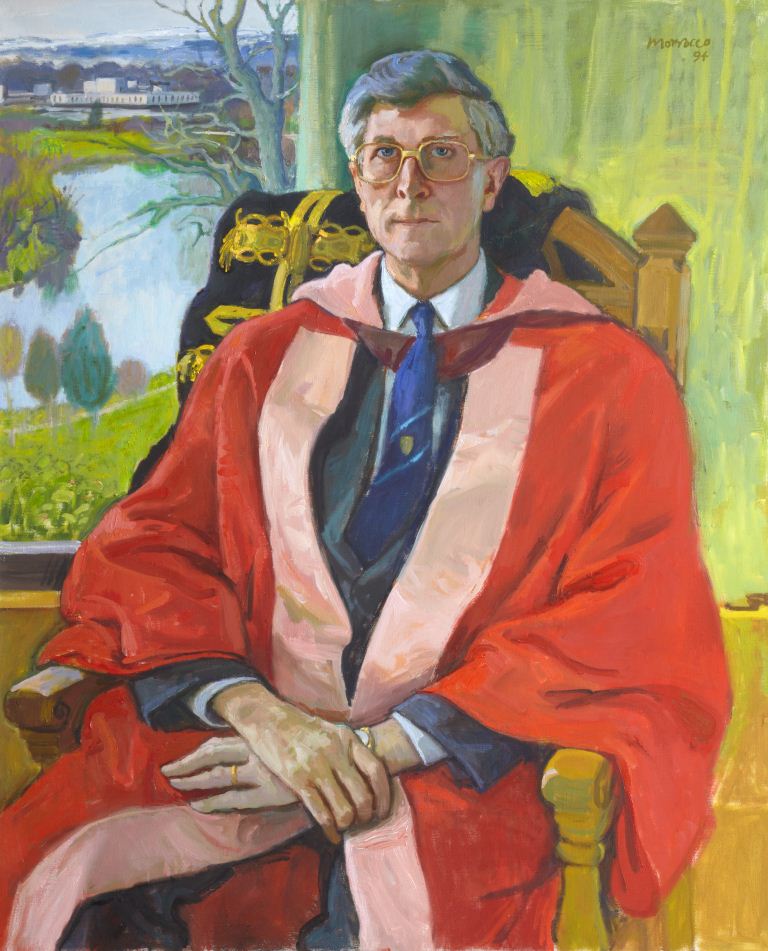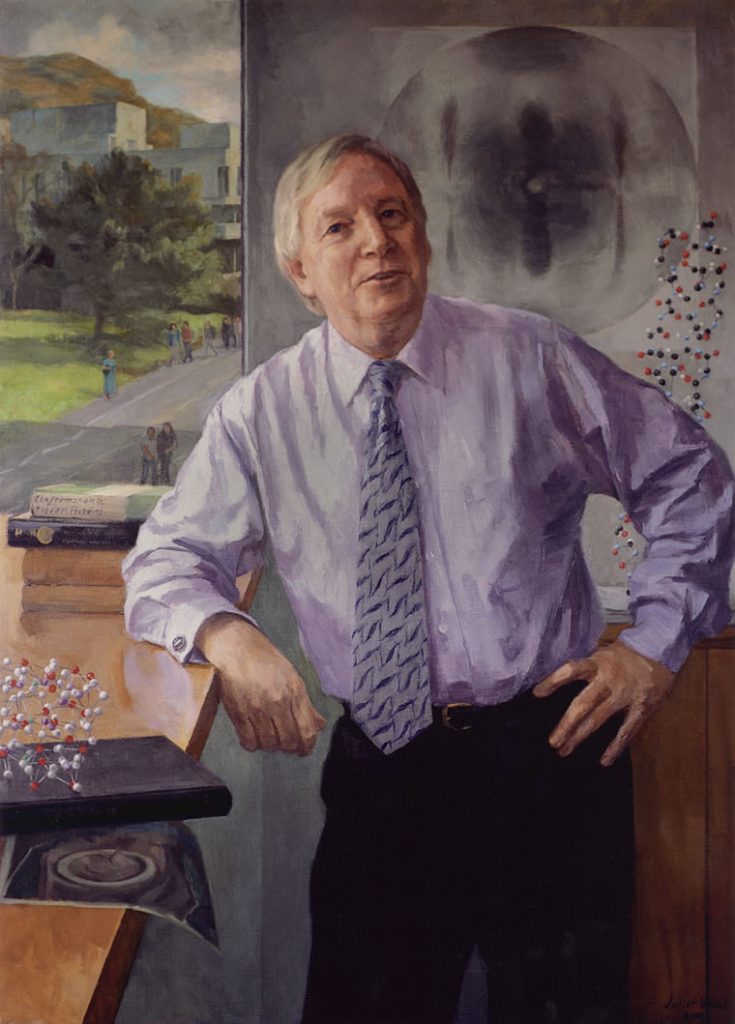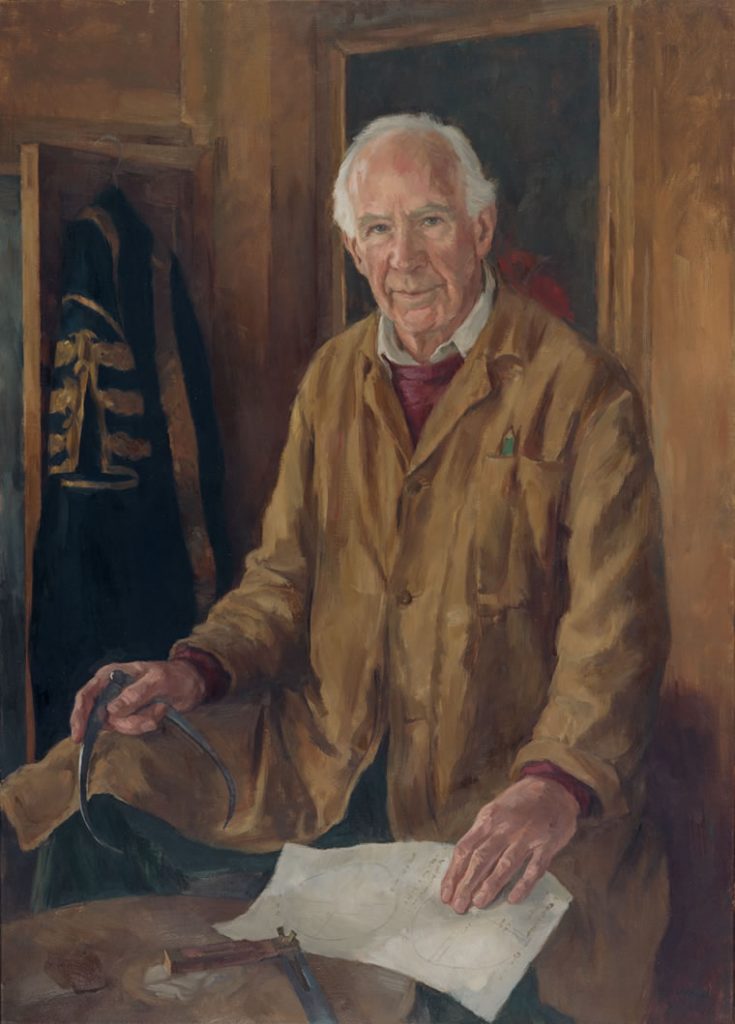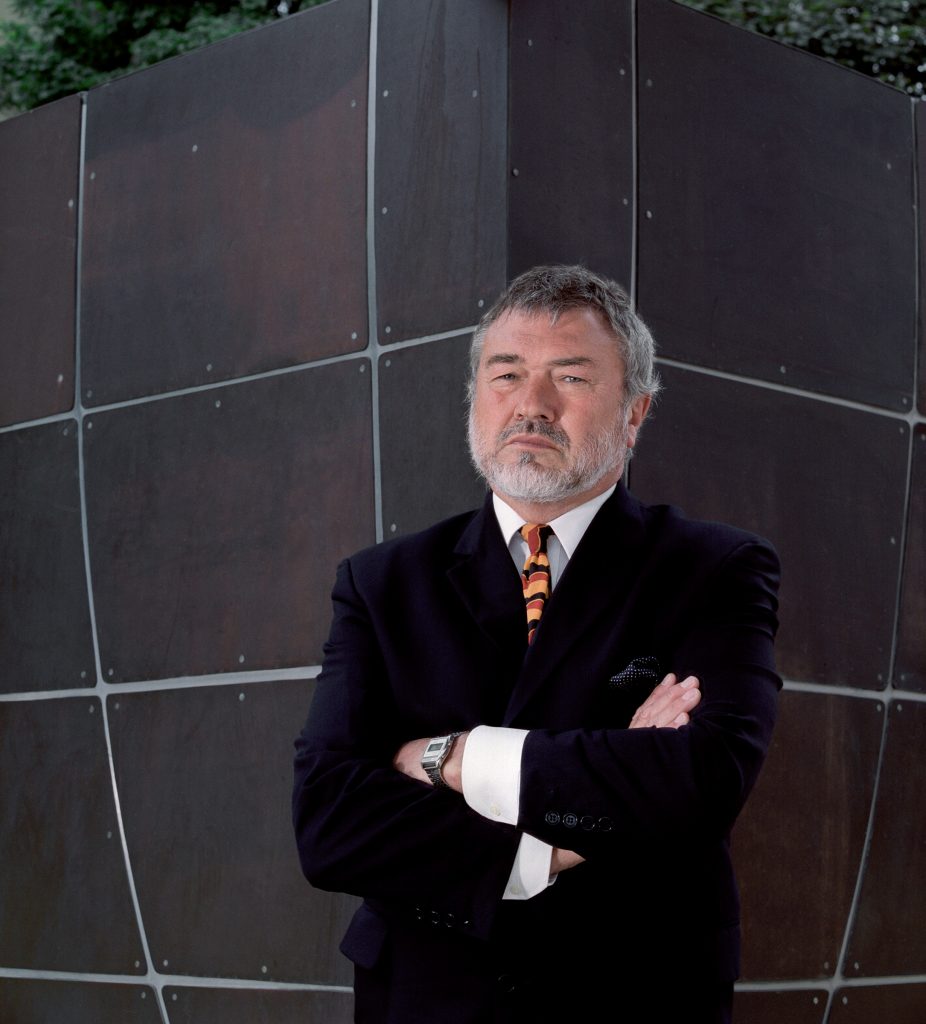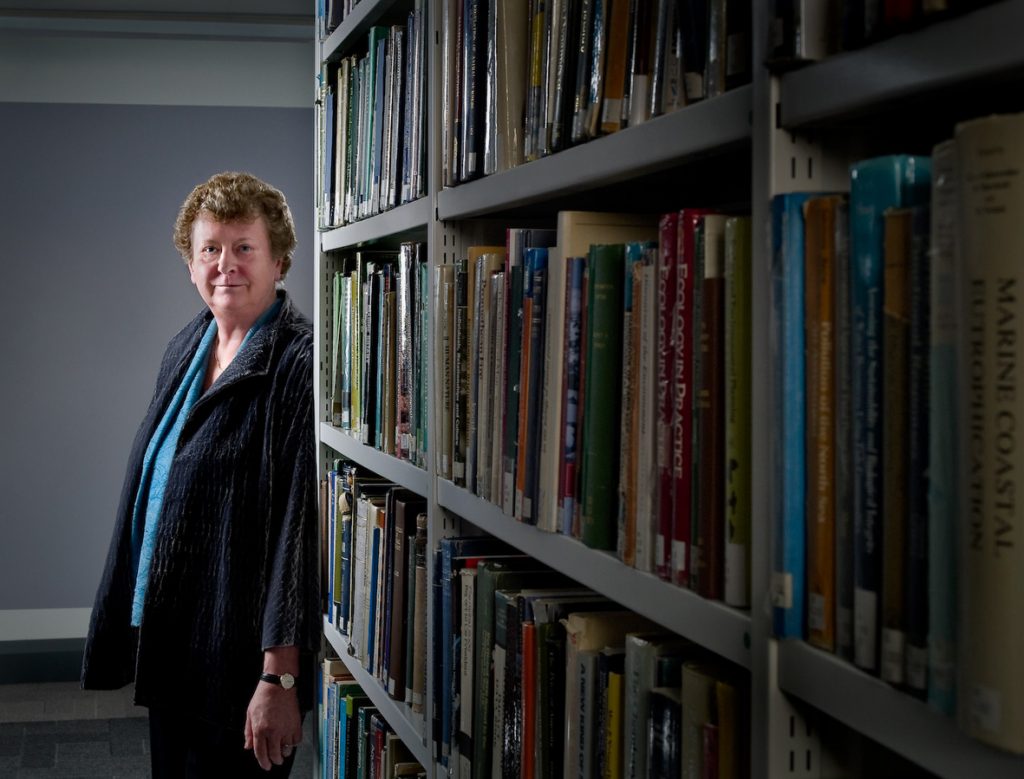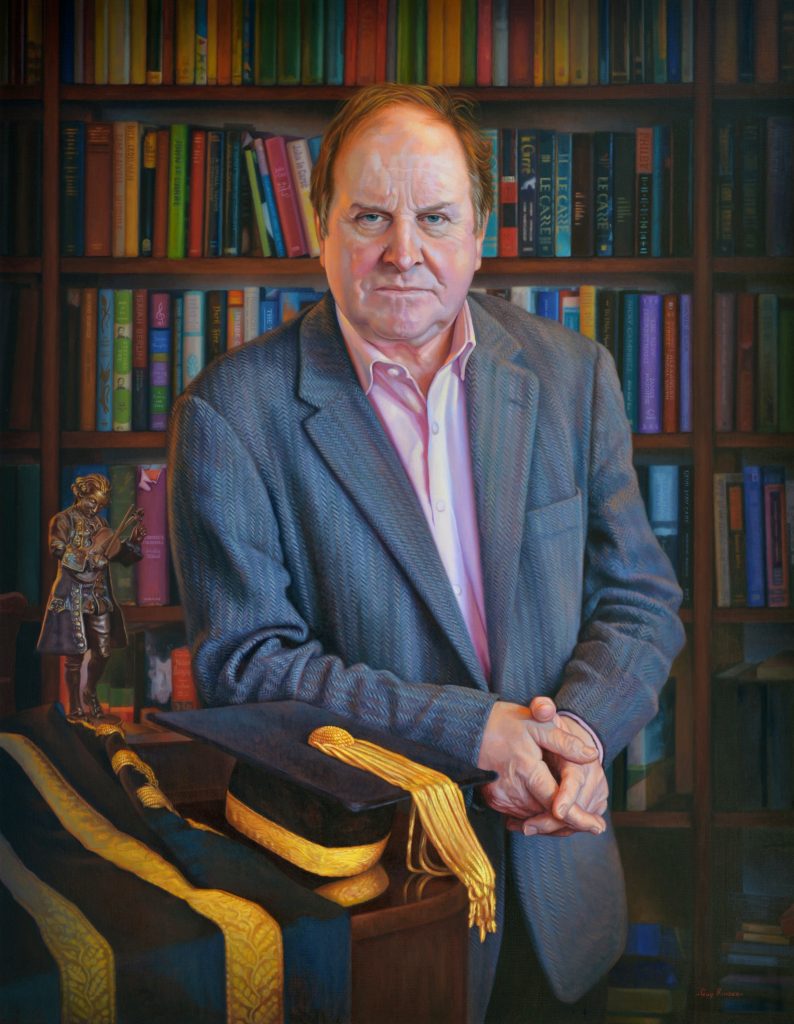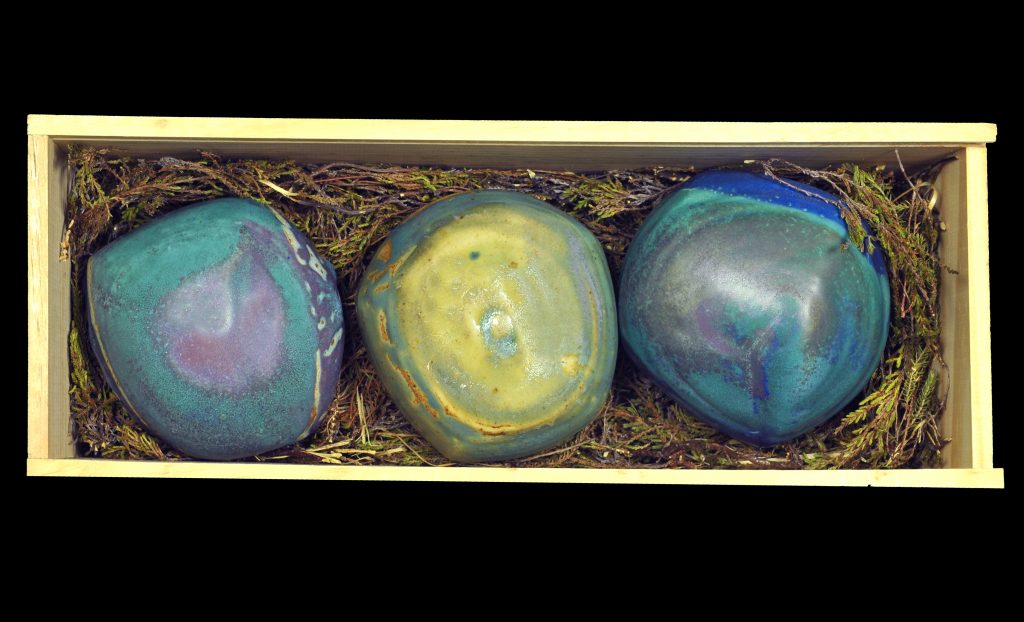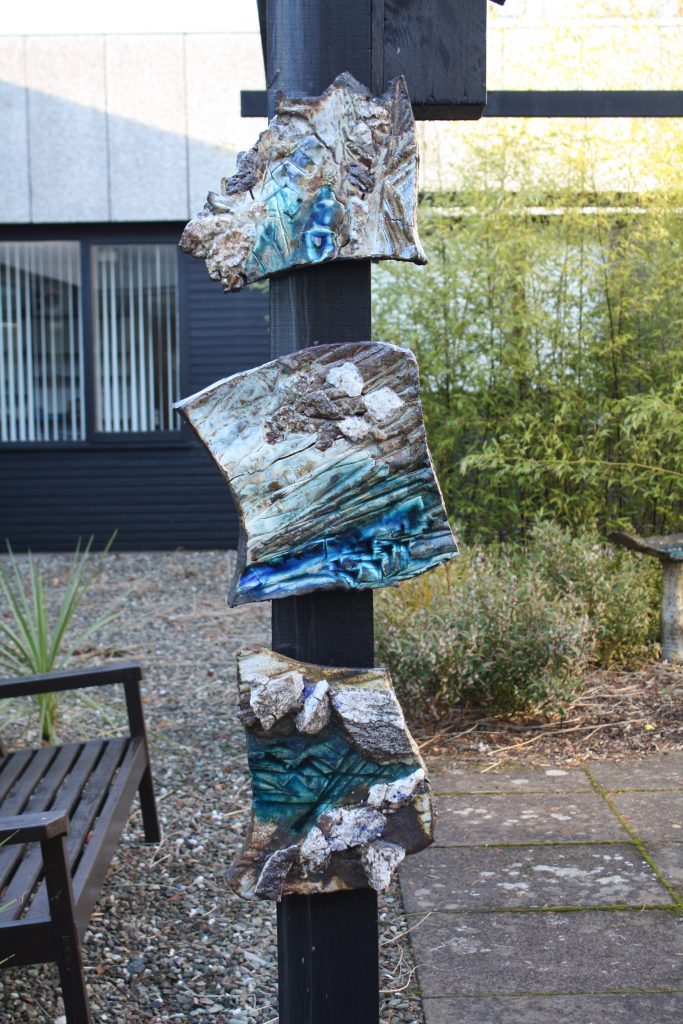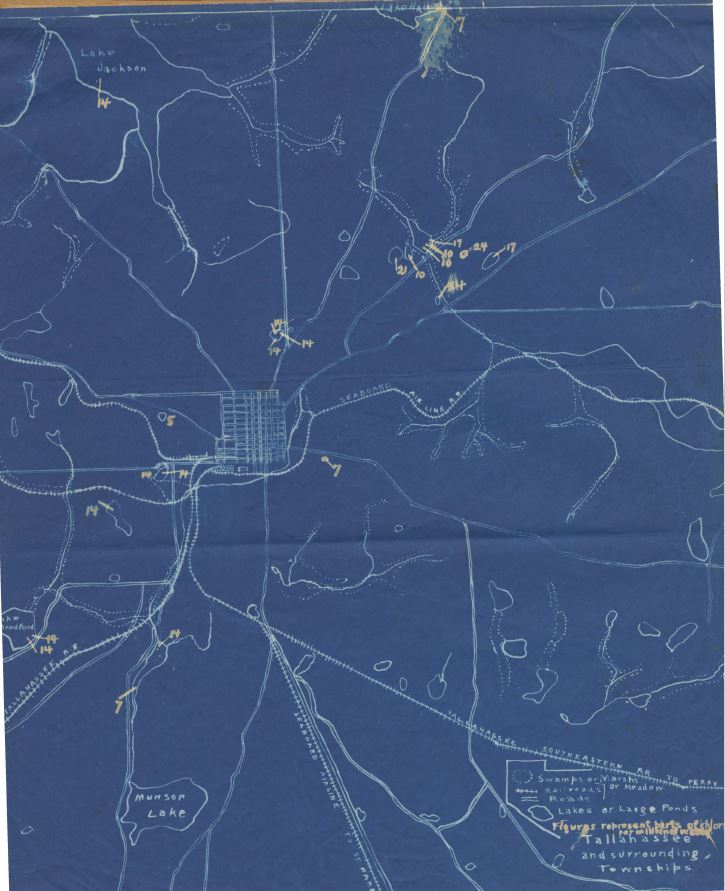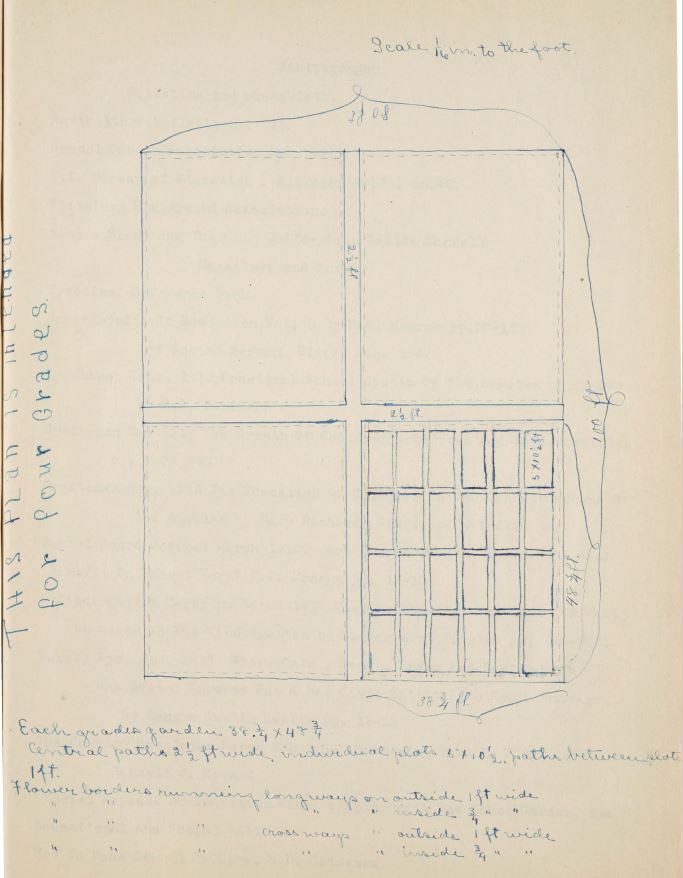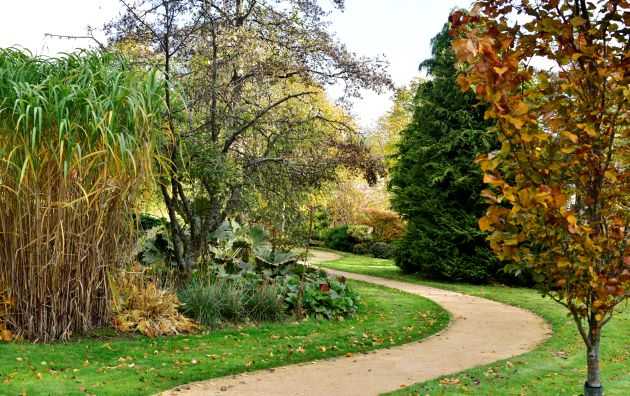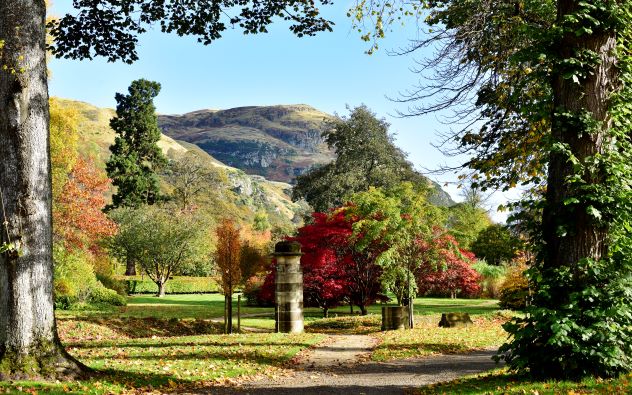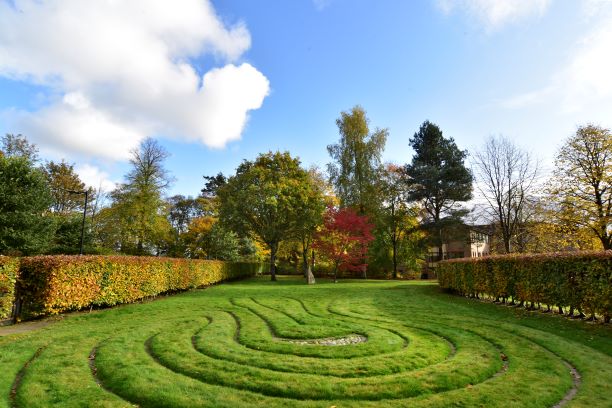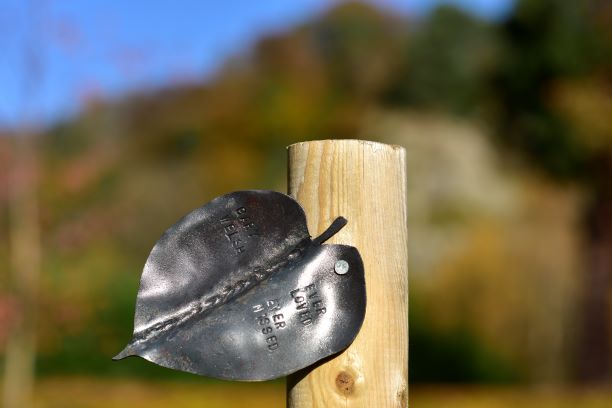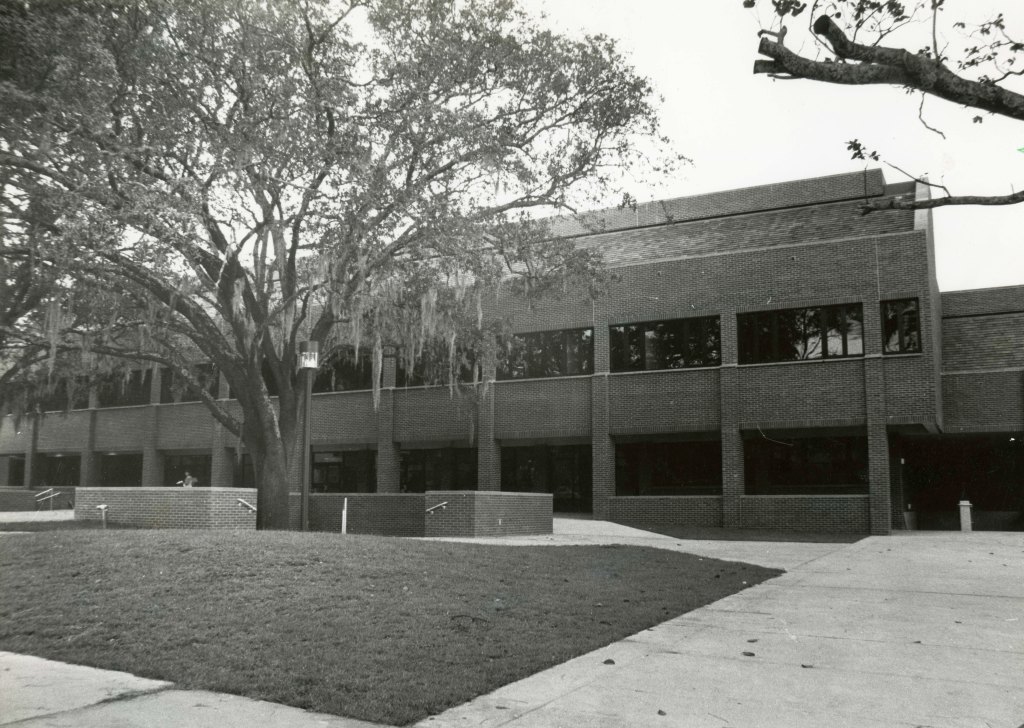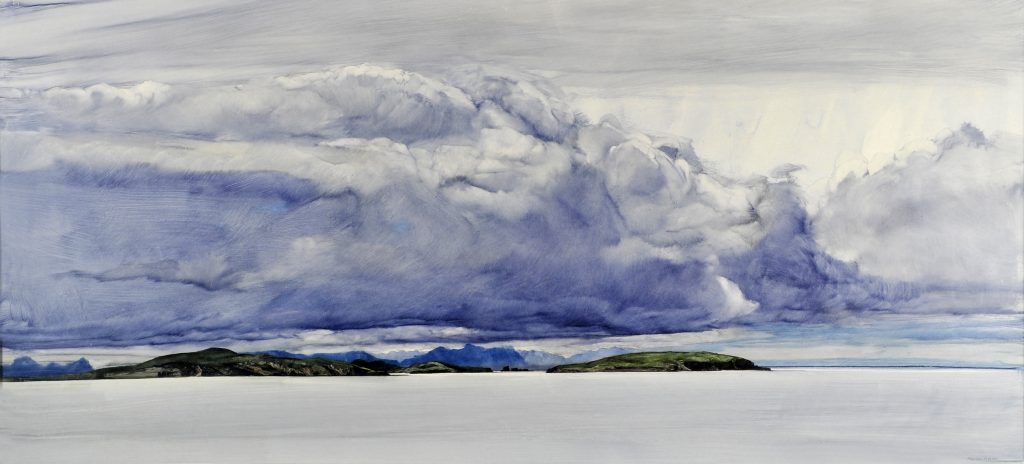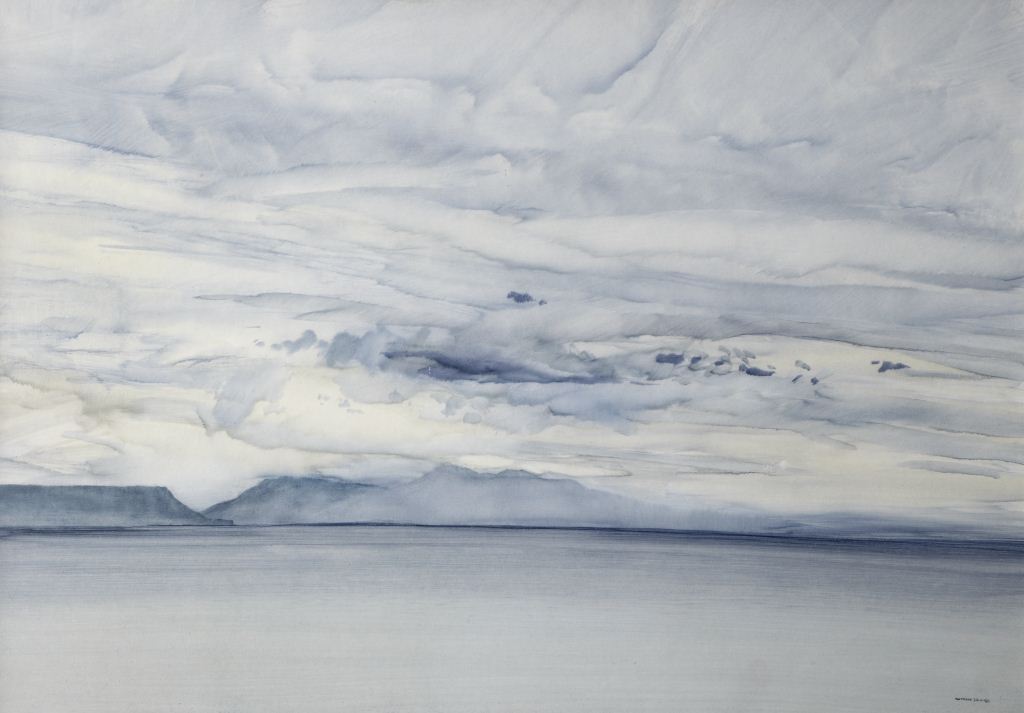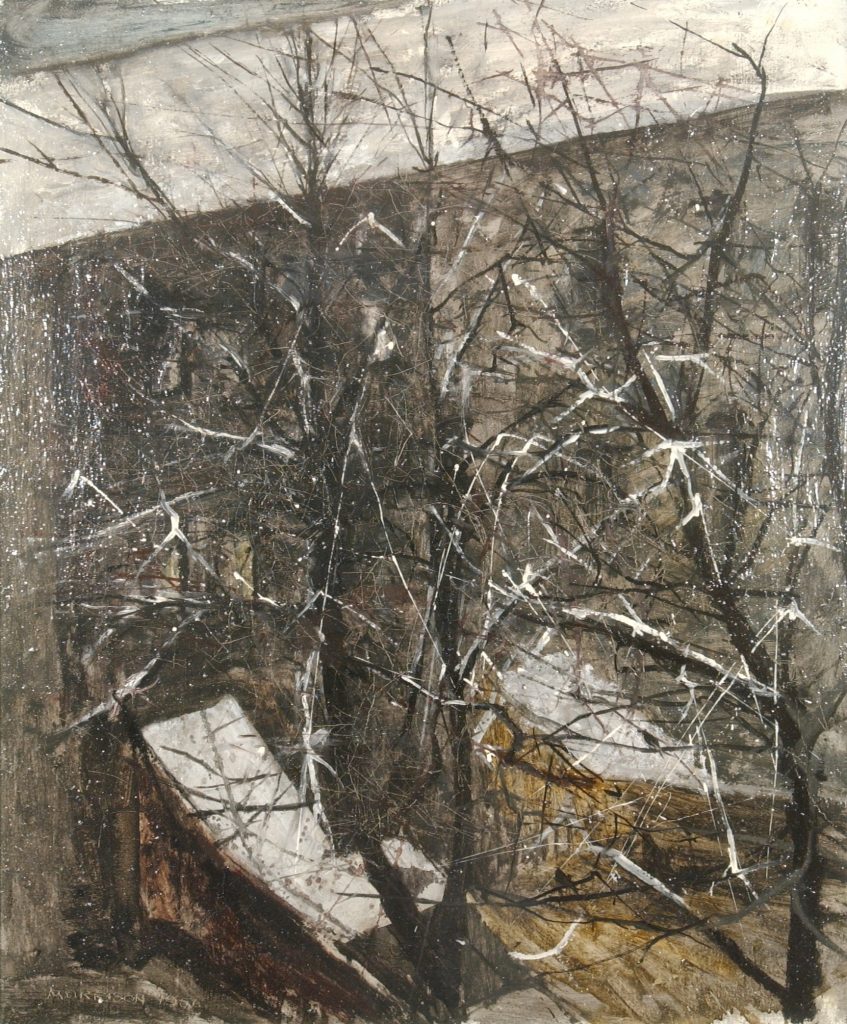Más de 200 expertos contradicen a la OMS y afirman que el coronavirus se transmite por el aire
https://www.airedesantafe.com.ar/
La pandemia de coronavirus avanza en el mundo y ya contagió a más de diez millones de personas. El virus está encontrando nuevas víctimas en bares y restaurantes, oficinas, mercados y casinos, lo que confirma que permanece en el aire en ambientes interiores, como sospechan muchos científicos.
Incluso en su última actualización sobre el coronavirus, publicada el 29 de junio, la OMS dijo que la transmisión del virus en el aire es posible solo después de procedimientos médicos que producen aerosoles o gotas de menos de cinco micras (un micrón es igual a 1 millonésima parte de un metro).
La ventilación adecuada y las máscaras N95 sólo son necesarias en esas circunstancias, según la OMS. En cambio, su guía de control de infecciones, antes y durante esta pandemia, ha promovido en gran medida la importancia del lavado de manos como estrategia de prevención primaria , a pesar de que hay pruebas limitadas de la transmisión del virus desde las superficies. (Los Centros para el Control y la Prevención de Enfermedades ahora dicen que es probable que las superficies incluso jueguen un papel menor).
La doctora Benedetta Allegranzi, líder técnica de la OMS en control de infecciones, dijo que la evidencia de que el virus se propaga por el aire no era convincente.
“Especialmente en los últimos meses, hemos estado afirmando varias veces que consideramos que la transmisión aérea es posible, pero ciertamente no está respaldada por evidencia sólida o incluso clara”, dijo. “Hay un fuerte debate sobre esto”.
La doctora Benedetta Allegranzi, líder técnica de la OMS en control de infecciones, dijo que la evidencia de que el virus se propaga por el aire no era convincente.
Pero las entrevistas con casi 20 científicos, incluidos una docena de consultores de la OMS y varios miembros del comité que diseñaron la guía, y los correos electrónicos internos muestran la imagen de una organización que, a pesar de las buenas intenciones, no está al día con la ciencia.
Ya sea que lo transporten grandes gotas que se elevan por el aire después de un estornudo, o por gotas exhaladas mucho más pequeñas que pueden deslizarse a lo largo de una habitación, dijeron estos expertos, el coronavirus se transmite por el aire y puede infectar a las personas cuando se inhala.
La mayoría de estos expertos señalaron la reducción del presupuesto de la OMS, y las difíciles relaciones políticas que tiene que gestionar, especialmente con Estados Unidos y China. También elogiaron al personal del organismo por realizar sesiones informativas diarias y responder incansablemente a preguntas sobre la pandemia.
Pero el Comité de Prevención y Control de Infecciones en particular, dijeron los expertos, está sujeto a una visión rígida de la evidencia científica , es lento y reacio al riesgo de actualizar su guía y permite que algunas voces conservadoras griten la disonancia.
“Morirán defendiendo su punto de vista” , dijo una consultora de la OMS hace un tiempo, que no deseaba ser identificada debido a su continuo trabajo para la organización. Incluso sus partidarios más firmes dijeron que el comité debería diversificar su experiencia y relajar sus criterios de prueba, especialmente en un brote de rápido movimiento.
“Me siento frustrada por los problemas del flujo de aire y el tamaño de las partículas”, dijo Mary-Louise McLaws, miembro del comité y epidemióloga de la Universidad de Nueva Gales del Sur en Sídney.
“Si comenzamos a revisar el flujo de aire, tendríamos que estar preparados para cambiar mucho de lo que hacemos”, dijo. “Creo que es una buena idea, una muy buena idea, pero causará un enorme estremecimiento en la sociedad de control de infecciones”.
“Si comenzamos a revisar el flujo de aire, tendríamos que estar preparados para cambiar mucho de lo que hacemos”, dijo Mary-Louise McLaws.
A principios de abril, un grupo de 36 expertos en calidad del aire instó a la OMS a considerar la creciente evidencia sobre la transmisión del coronavirus en el aire . La agencia respondió con prontitud y llamó a Lidia Morawska, líder del grupo y consultora de la OMS desde hace mucho tiempo, para concertar una reunión.
Pero la discusión estuvo dominada por unos pocos expertos que eran firmes partidarios del lavado de manos y consideraron que debía enfatizarse sobre los aerosoles, según algunos participantes, y el consejo del comité se mantuvo sin cambios.
Morawska y otros señalaron varios incidentes que indican la transmisión del virus en el aire, particularmente en espacios interiores poco ventilados y abarrotados. Dijeron que la OMS estaba haciendo una distinción artificial entre aerosoles pequeños y gotas más grandes, a pesar de que las personas infectadas producen ambos.
“Sabemos desde 1946 que toser y hablar generan aerosoles”, dijo Linsey Marr, experta en transmisión de virus en el aire en Virginia Tech.
Los científicos no han podido cultivar el coronavirus a partir de aerosoles en el laboratorio. Pero eso no significa que los aerosoles no sean infecciosos, dijo Marr: la mayoría de las muestras en esos experimentos provienen de habitaciones de hospital con un buen flujo de aire que diluiría los niveles virales.
En la mayoría de los edificios, dijo, “la tasa de intercambio de aire suele ser mucho más baja, lo que permite que los virus se acumulen en el aire y supongan un mayor riesgo”.
La OMS también se basa en una definición anticuada de transmisión aérea , dijo Marr. La agencia cree que un patógeno en el aire, como el virus del sarampión, tiene que ser altamente infeccioso y viajar largas distancias.
En general, la gente “piensa y habla de la transmisión por vía aérea de manera profundamente estúpida”, dijo Bill Hanage, epidemiólogo de la Escuela de Salud Pública T.H. Chan de Harvard.
“Tenemos la noción de que la transmisión por aire significa gotas que cuelgan en el aire capaces de infectarte muchas horas después, que van a la deriva por las calles, a través de los buzones y que llegan a las casas de todas partes”, dijo Hanage.
Todos los expertos están de acuerdo en que el coronavirus no se comporta de esa manera. Marr y otros dijeron que el coronavirus parecía ser más infeccioso cuando la gente estaba en contacto prolongado a corta distancia, especialmente en interiores , y más aún en eventos de superdifusión, exactamente lo que los científicos esperaban de la transmisión en aerosol.
Contradicciones en la OMS
La OMS se ha encontrado en desacuerdo con grupos de científicos más de una vez durante esta pandemia. La agencia se quedó atrás de la mayoría de sus países miembros en el apoyo al uso de mascarillas en público. Mientras que otras organizaciones, incluida la CDC, han reconocido desde hace tiempo la importancia de la transmisión por parte de personas sin síntomas.
“A nivel de los países, muchos de los técnicos de la OMS se rascan la cabeza”, dijo un consultor de una oficina regional del Asia sudoriental, que no quiso ser identificado porque le preocupaba perder su contrato. “Esto no nos está dando credibilidad”. El consultor recordó que los funcionarios del organismo internacional de su país eran los únicos que no llevaban máscaras después de que el gobierno de ese país los respaldara.
Muchos expertos dijeron que la OMS debería adoptar lo que algunos llamaron “principio de precaución” y otros “necesidades y valores” , es decir, la idea de que incluso sin pruebas definitivas, la agencia debería asumir.
“No hay pruebas irrefutables de que el SARS-CoV-2 viaja o se transmite significativamente por medio de aerosoles, pero no hay absolutamente ninguna evidencia de que no sea así”, dijo Trish Greenhalgh, médico de atención primaria de la Universidad de Oxford en Gran Bretaña. “Así que en este momento tenemos que tomar una decisión ante la incertidumbre, y por Dios, será una decisión desastrosa si nos equivocamos”, dijo. “Así que, ¿por qué no nos enmascaramos durante unas semanas, por si acaso?”
“No hay pruebas irrefutables de que el SARS-CoV-2 viaja o se transmite significativamente por medio de aerosoles, pero no hay absolutamente ninguna evidencia de que no sea así”, dijo Trish Greenhalgh, médico de atención primaria de la Universidad de Oxford en Gran Bretaña.
Después de todo, la OMS parece dispuesta a aceptar sin muchas pruebas la idea de que el virus puede ser transmitido desde las superficies, ella y otros investigadores señalaron, incluso cuando otras agencias de salud han dado un paso atrás enfatizando esta ruta.
“Estoy de acuerdo en que la transmisión de fómites no está directamente demostrada para este virus”, dijo Allegranzi, líder técnico de la OMS en el control de la infección, refiriéndose a los objetos que pueden ser infecciosos. “Pero es bien sabido que otros coronavirus y virus respiratorios se transmiten por contacto con el fómito”.
El organismo también debe considerar las necesidades de todos sus países miembros, incluidos los que tienen recursos limitados, y asegurarse de que sus recomendaciones se atenúan por “la disponibilidad, la viabilidad, el cumplimiento y las consecuencias en materia de recursos” , dijo.
Los aerosoles pueden desempeñar un papel limitado en la propagación del virus , dijo Paul Hunter, miembro del comité de prevención de infecciones y profesor de medicina de la Universidad de East Anglia en Gran Bretaña. Pero si la OMS presiona para que se adopten medidas de control rigurosas en ausencia de pruebas, los hospitales de los países de ingresos bajos y medios pueden verse obligados a desviar los escasos recursos de otros programas cruciales.
“Ese es el equilibrio que una organización como la OMS tiene que lograr”, dijo. “Es lo más fácil del mundo decir: ‘Tenemos que seguir el principio de precaución’, e ignorar los costos de oportunidad de eso”. En las entrevistas, otros científicos criticaron este punto de vista como paternalista. “No vamos a decir lo que realmente pensamos, porque pensamos que no puedes lidiar con ello? No creo que eso sea correcto”, dijo Don Milton, un experto en aerosoles de la Universidad de Maryland. Incluso las máscaras de tela, si son usadas por todos, pueden reducir significativamente la transmisión, y la Organización Mundial de la Salud debería decirlo claramente, agregó.
Varios expertos criticaron los mensajes de la OMS durante la pandemia, diciendo que el personal parece valorar más la perspectiva científica que la claridad.
“Lo que usted dice está diseñado para ayudar a la gente a entender la naturaleza de un problema de salud pública”, dijo William Aldis, un colaborador de la OMS con sede en Tailandia desde hace mucho tiempo. “Eso es diferente a describir científicamente una enfermedad o un virus”.
Varios expertos criticaron los mensajes de la OMS durante la pandemia, diciendo que el personal parece valorar más la perspectiva científica que la claridad.
La OMS tiende a describir “una ausencia de evidencia como evidencia de ausencia” , añadió Aldis. En abril, por ejemplo, la OMS dijo: “Actualmente no hay pruebas de que las personas que se han recuperado del Covid-19 y tienen anticuerpos estén protegidas de una segunda infección”. La declaración tenía por objeto indicar incertidumbre, pero la frase avivó el malestar del público y mereció las reprimendas de varios expertos y periodistas. La Organización Mundial de la Salud finalmente se desdijo.
En una instancia menos pública, la OMS dijo que no había “ninguna evidencia que sugiriera” que las personas con VIH tuvieran un mayor riesgo de contraer el coronavirus. Después de que Joseph Amon, el director de salud global de la Universidad de Drexel en Filadelfia, que ha formado parte de muchos comités de la agencia, señaló que la frase era engañosa, la OMS la cambió para decir que el nivel de riesgo era “desconocido”.
Pero el personal de la OMS y algunos miembros dijeron que los críticos no daban suficiente crédito a sus comités. “Los que se hayan sentido frustrados pueden no saber cómo funcionan los comités de expertos de la OMS, trabajan lenta y deliberadamente”, dijo McLaws.
Soumya Swaminathan, científico jefe de la OMS, dijo que los miembros del personal de la agencia estaban tratando de evaluar las nuevas pruebas científicas lo más rápido posible, pero sin sacrificar la calidad de su revisión. Añadió que la agencia intentará ampliar la experiencia y las comunicaciones de los comités para asegurarse de que todos sean escuchados. “Nos tomamos en serio cuando los periodistas o científicos o cualquiera que nos desafía a ser mejores”, dijo. “Definitivamente queremos hacerlo mejor”.
FUENTE: The New York Times.



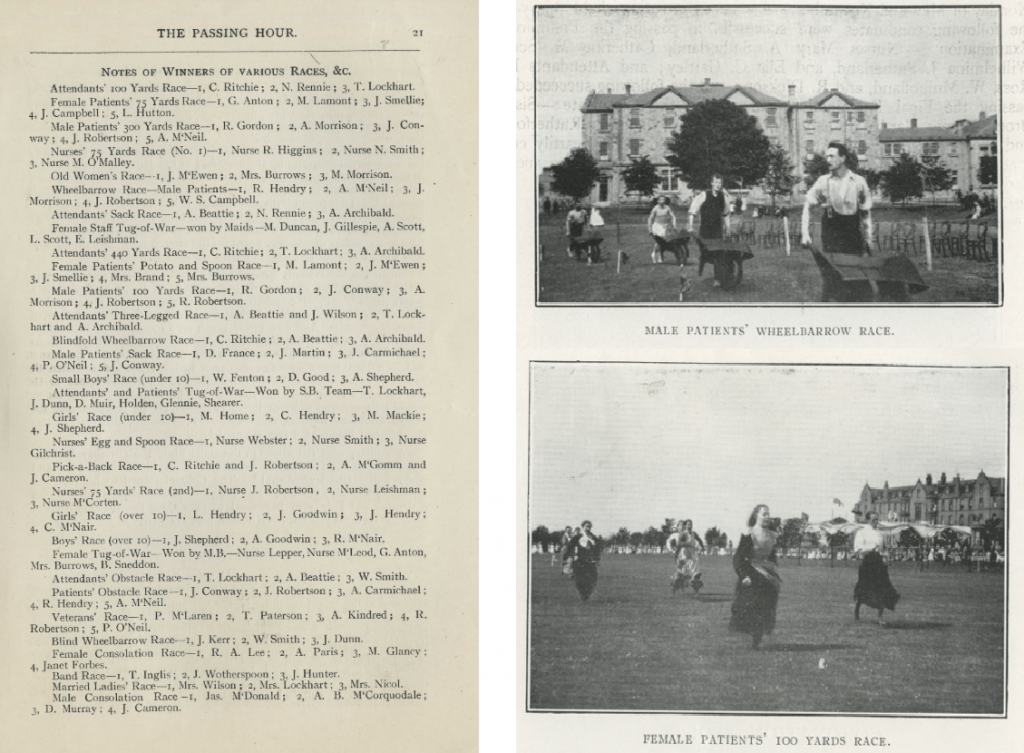

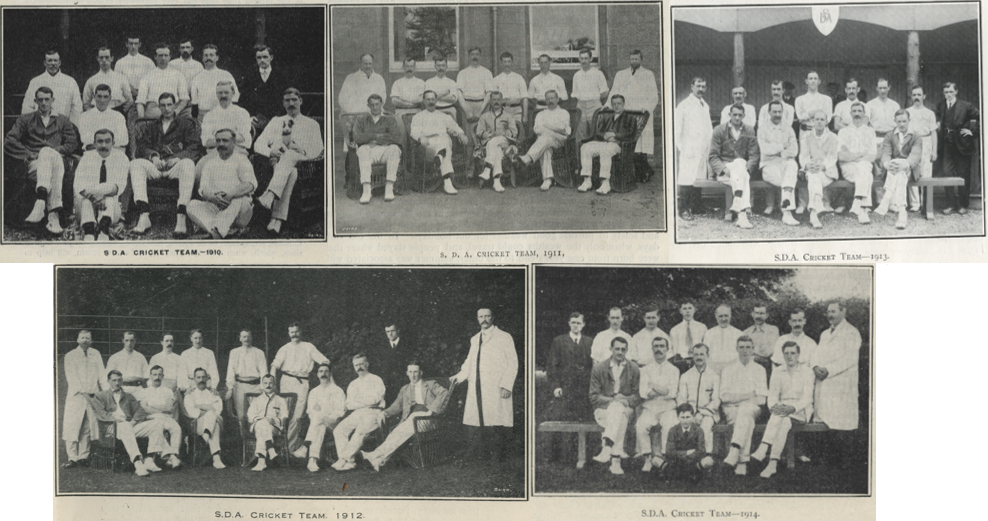
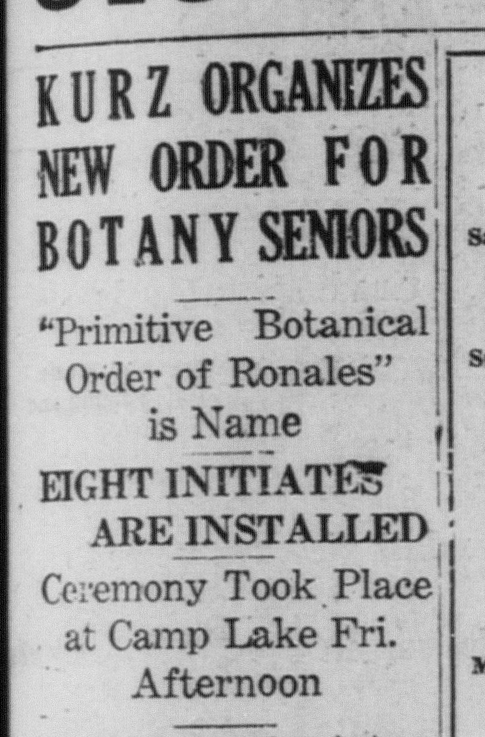





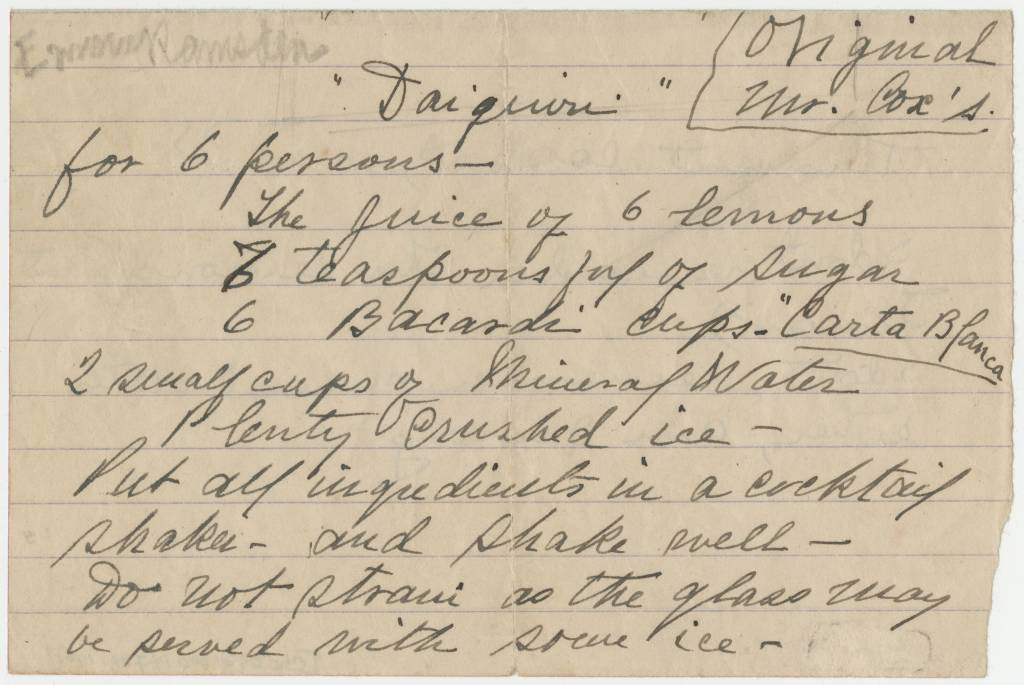


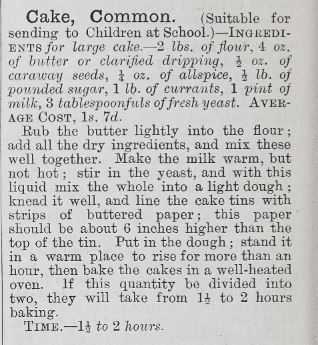

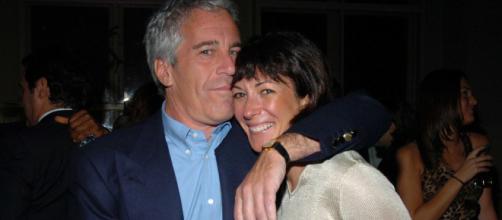
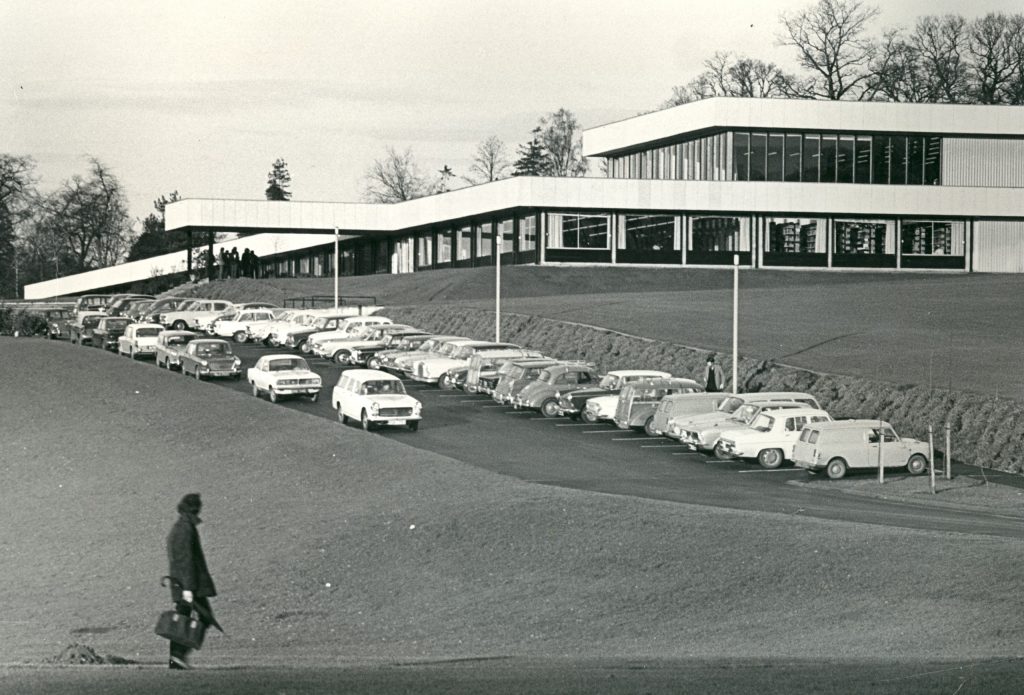
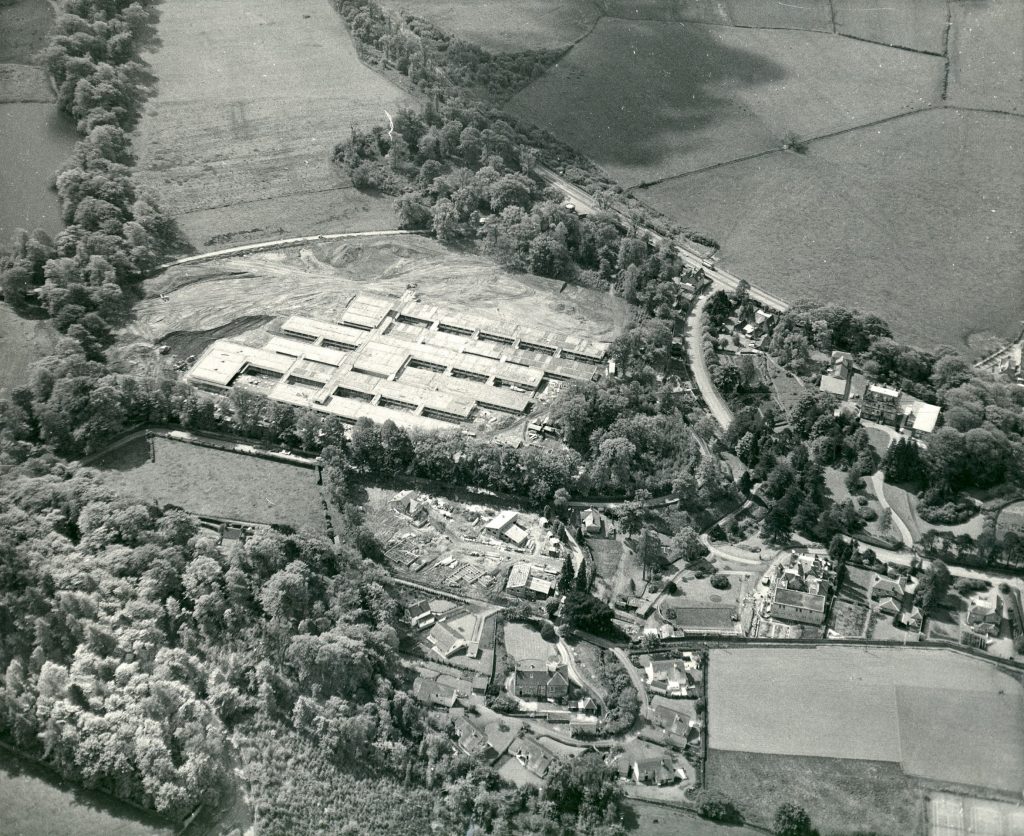
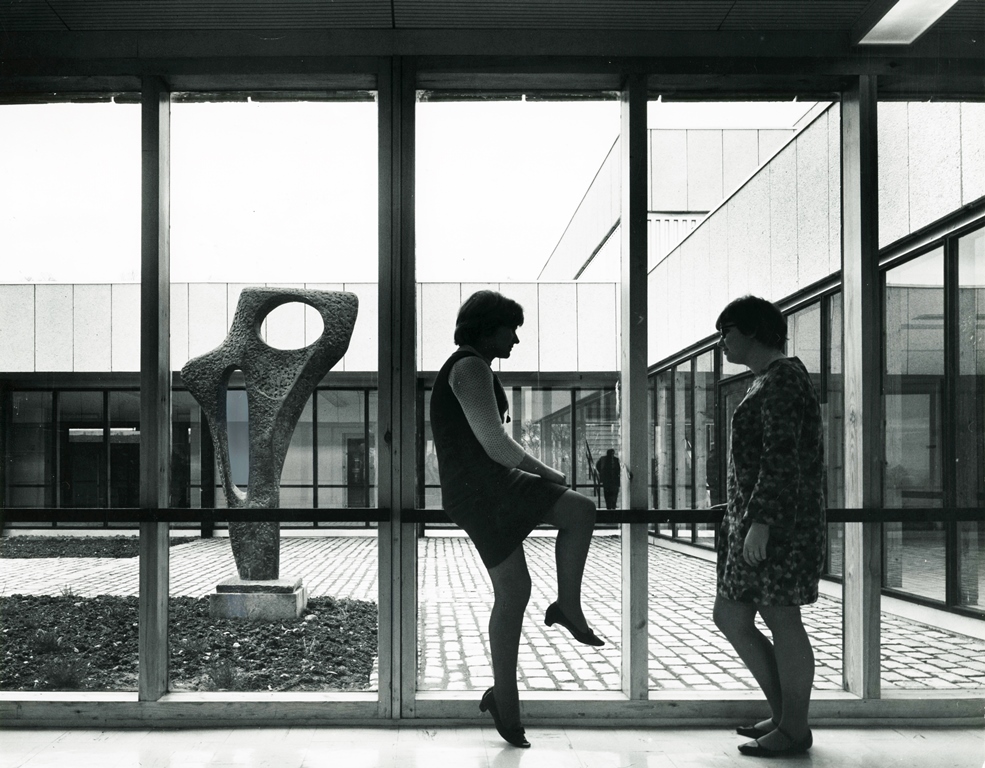
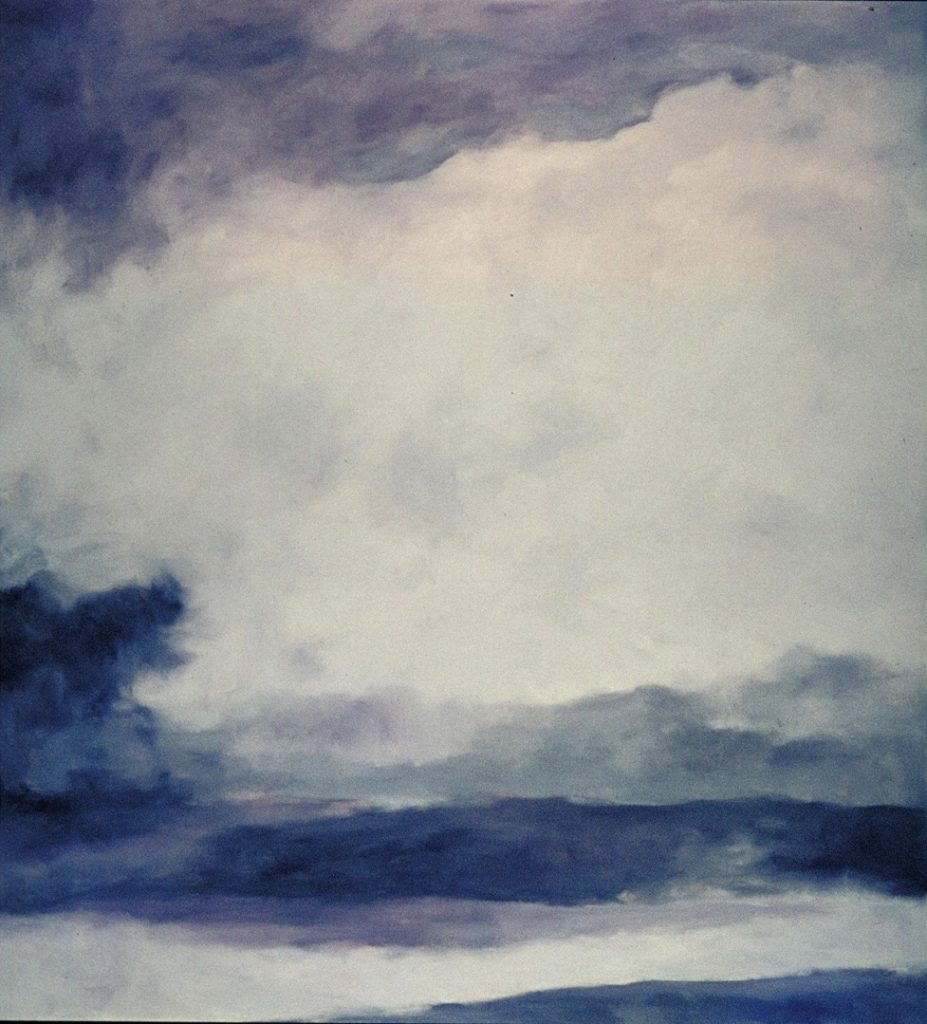
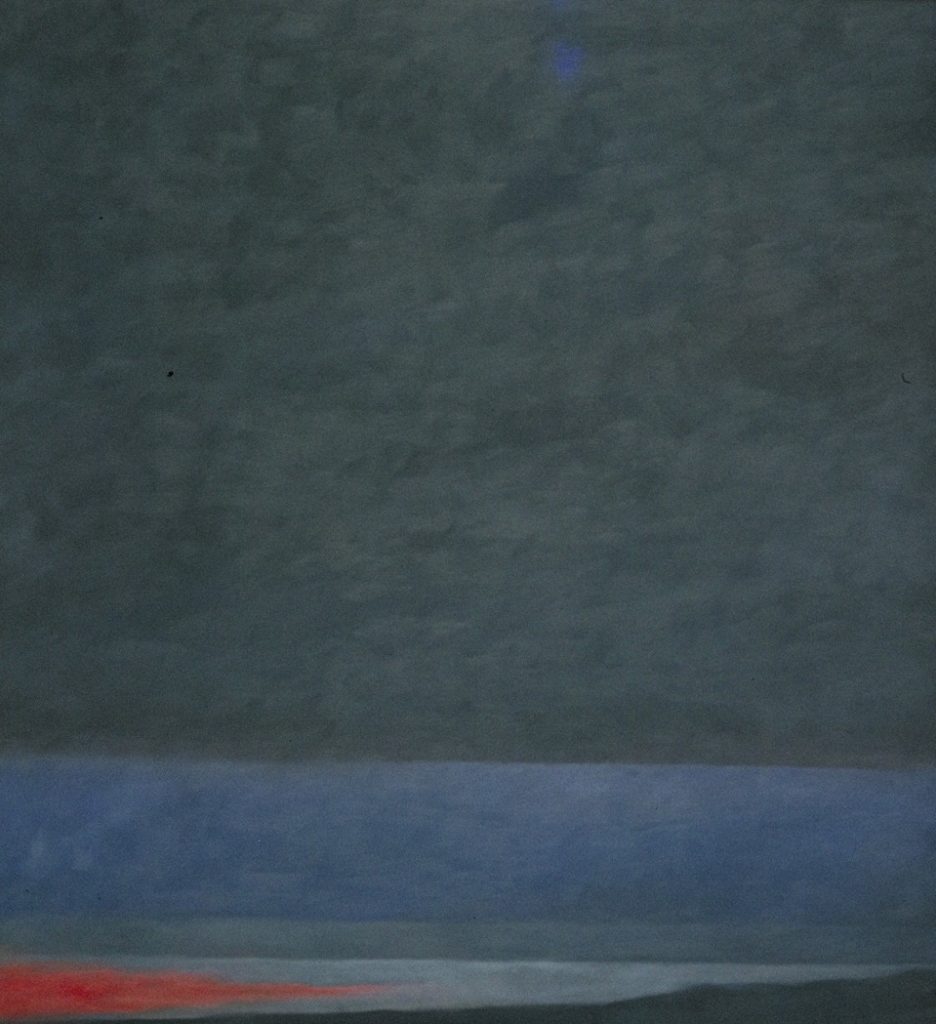
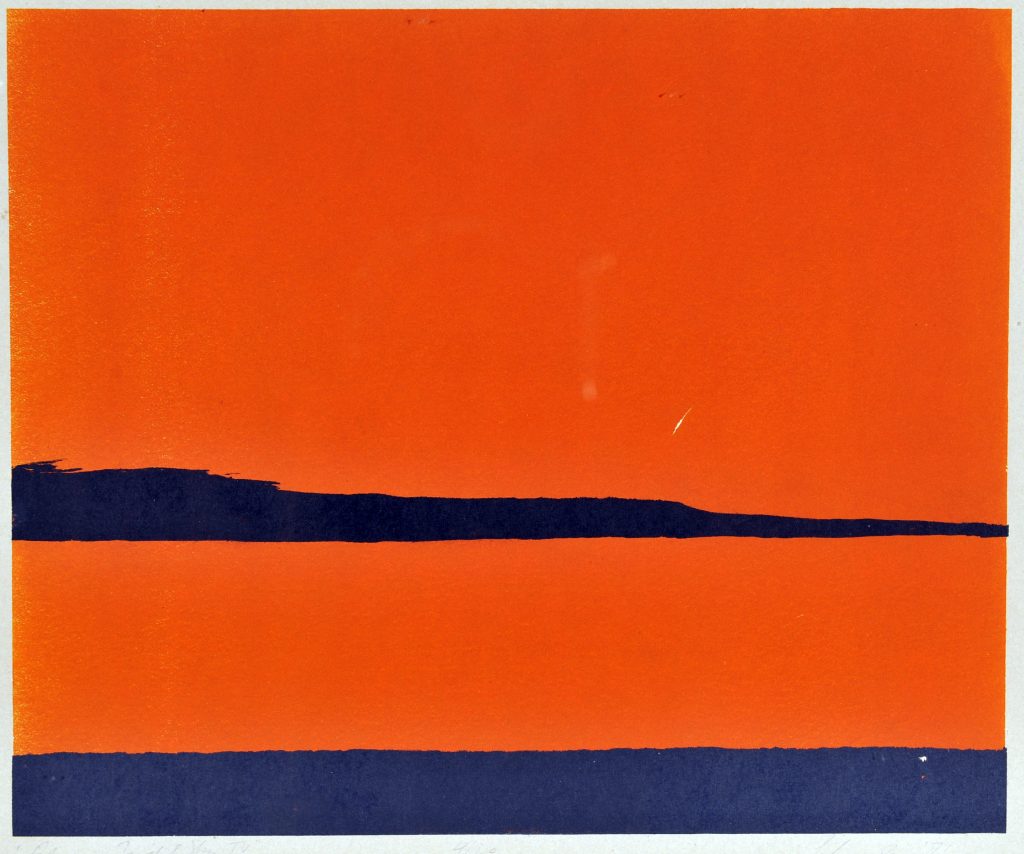


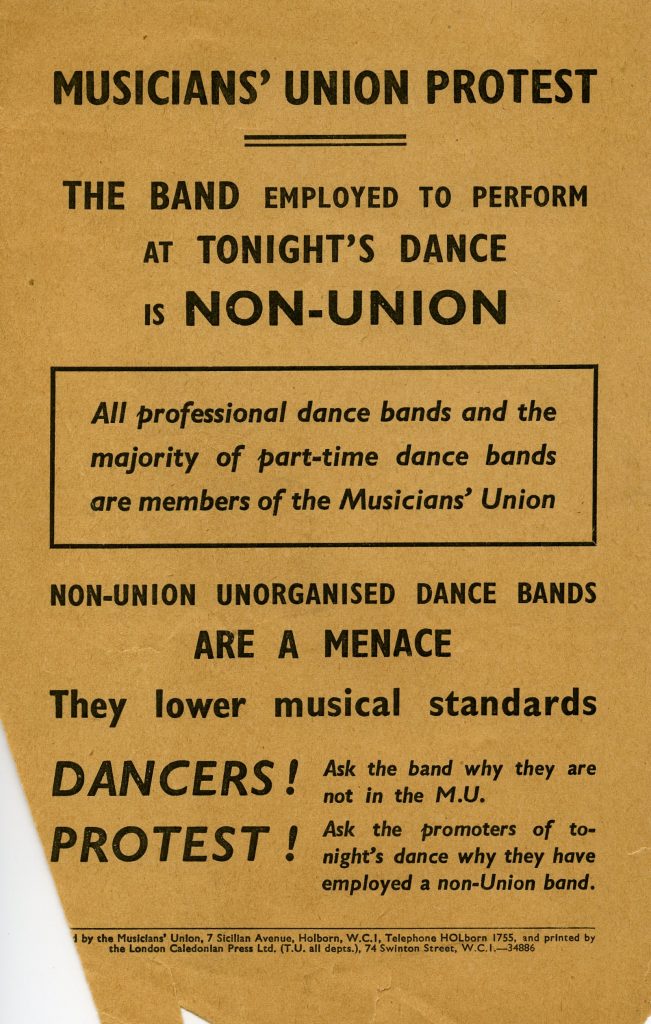


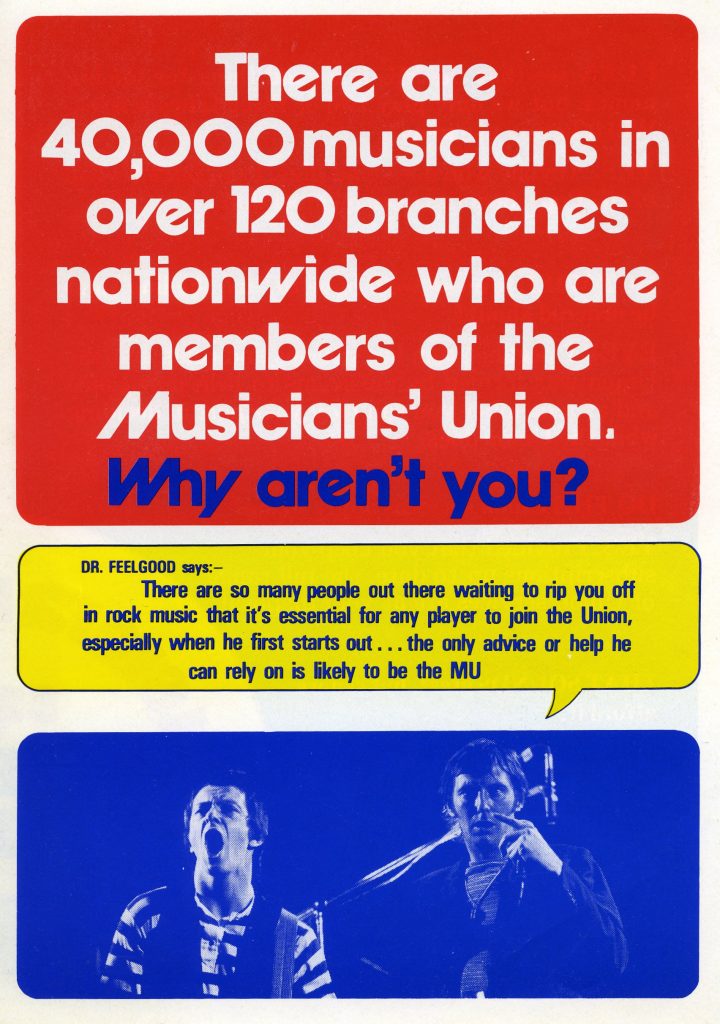
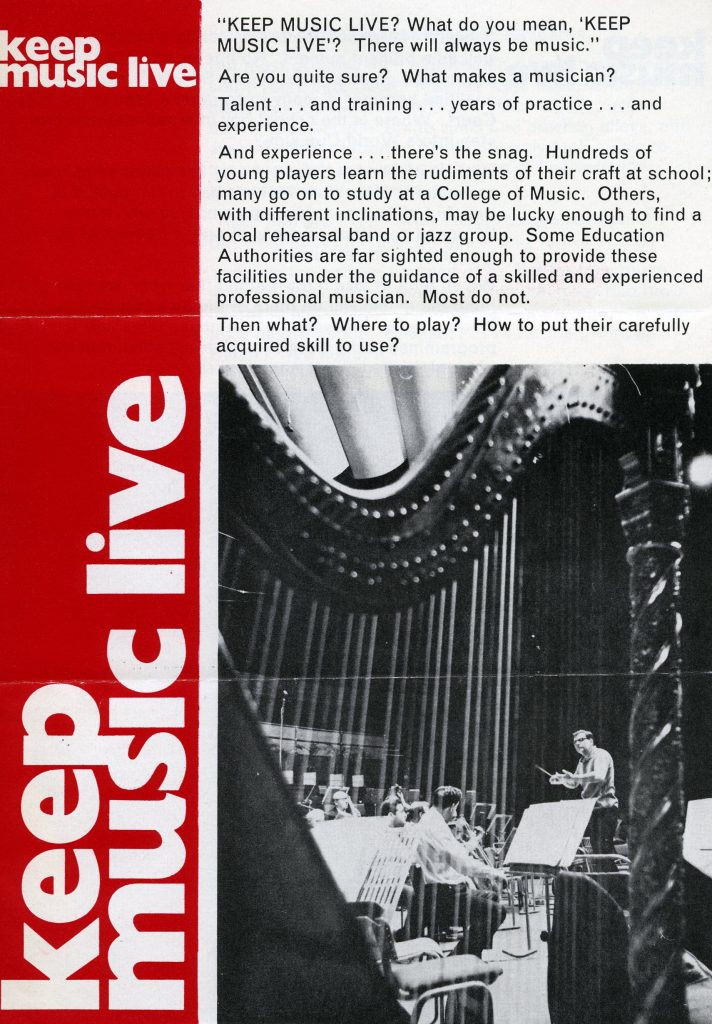


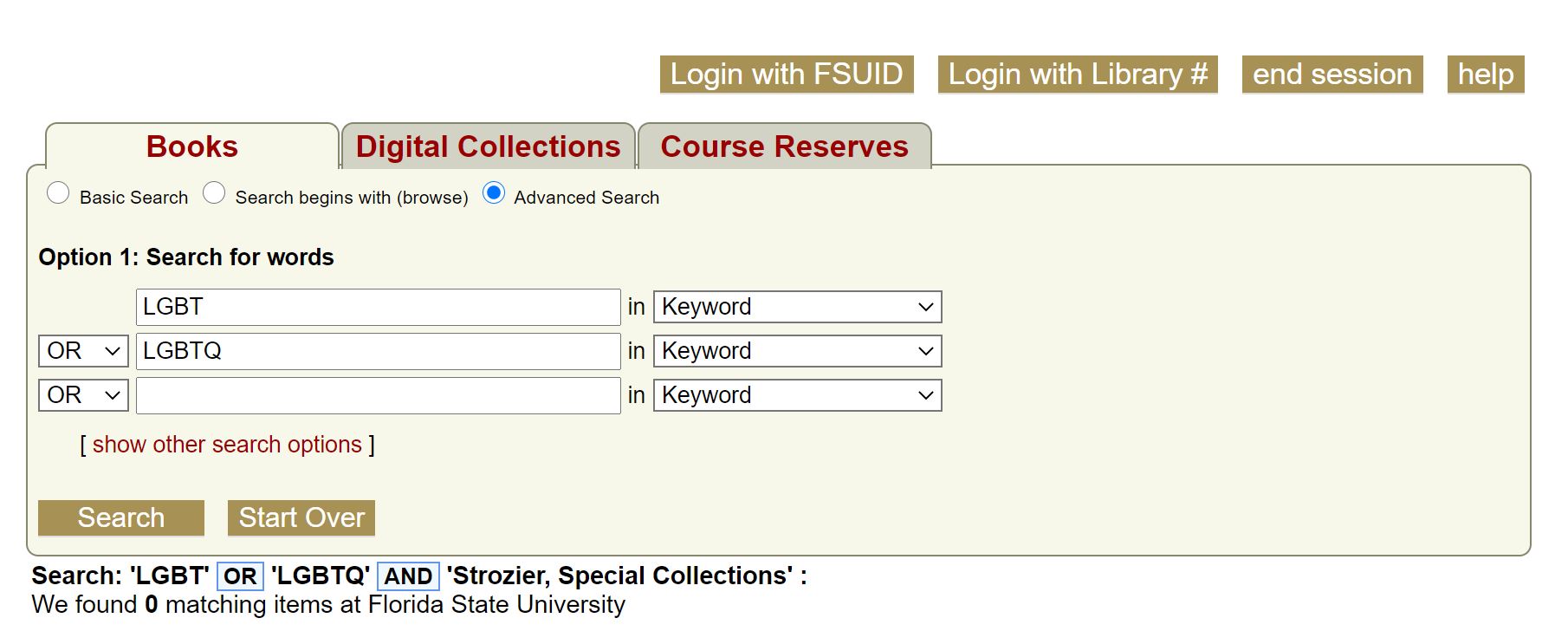
 people to come and formulate their own opinions on the matter. Librarians are human; personal biases always creep into the work, often to the detriment of marginalized populations. Libraries are sites of power, organizing, labeling, and delivering information in ways that affect cultural beliefs and understanding on institutional, national, and even global scales. It is important that we take the time to acknowledge that power and privilege, and that the discipline evolves out of (perhaps comfortable) old practices that contribute to systems of bigotry, oppression, and
people to come and formulate their own opinions on the matter. Librarians are human; personal biases always creep into the work, often to the detriment of marginalized populations. Libraries are sites of power, organizing, labeling, and delivering information in ways that affect cultural beliefs and understanding on institutional, national, and even global scales. It is important that we take the time to acknowledge that power and privilege, and that the discipline evolves out of (perhaps comfortable) old practices that contribute to systems of bigotry, oppression, and 